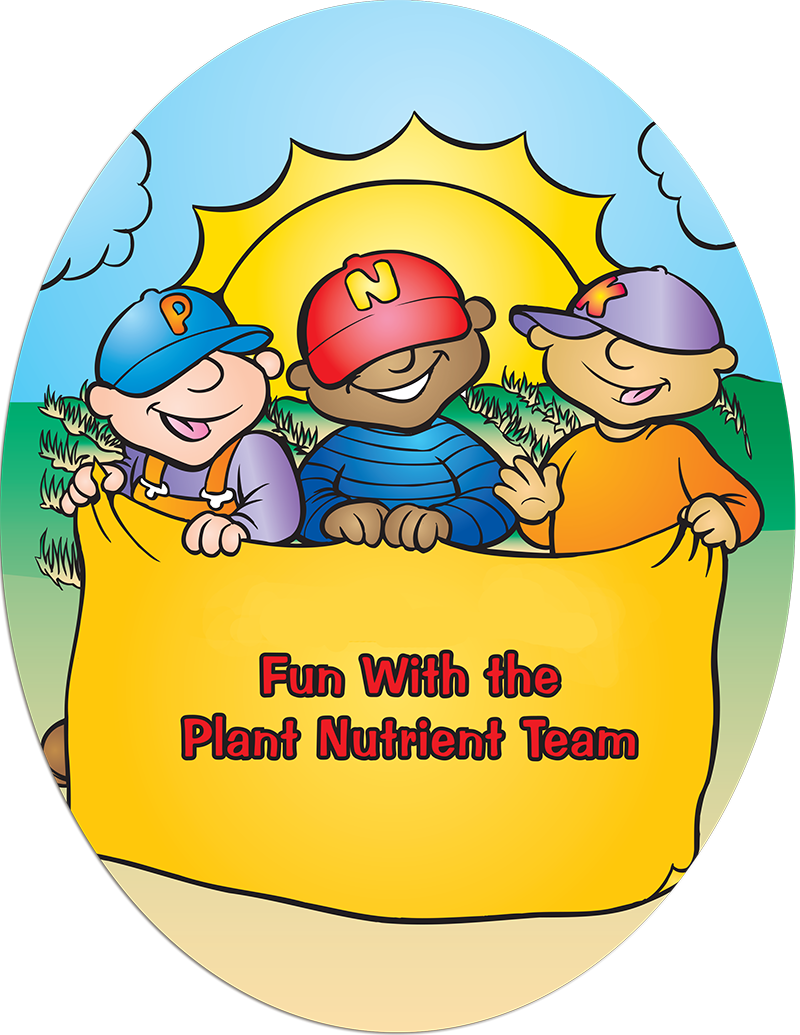Photosynthesis and You
Students identify the process used by plants to make their own food and discover how photosynthesis provides the food they eat.
Background
Lesson Activities
Recommended Companion Resources
Credits
Author
Shaney Emerson and Mary Pat Jones | California Foundation for Agriculture in the Classroom
Acknowledgements
The Educator’s Guide was funded by California Department of Food and Agriculture’s Fertilizer, Research, and Education Program (FREP) and developed by California Foundation for Agriculture in the Classroom.
Executive Director: Judy Culbertson
Illustrator: Erik Davison
Layout and Design: Nina Danner and Renee Thompson
Copy Editor: Leah Rosasco
Special Thanks to: Nutrients for Life Foundation, International Plant Nutrition Institute, Fertilizer Research and Education Program, and California Department of Food and Agriculture.
Standards
Nebraska Content Area Standards
-
Science K.7 - Interdependent Relationships in Ecosystems
- SC.K.7.2.A: Use observations to describe patterns of what plants and animals (including humans) need to survive.
- SC.K.7.2.C: Use a model to represent the relationship between the needs of different plants or animals (including humans) and the places they live.
-
Science K.12 - Weather and Climate
- SC.K.12.3.E: Ask questions, make observations, and gather information about a situation people want to change to define a simple problem that can be solved through the development of a new or improved object or tool.
-
Science 1.6 - Structure, Function, and Information Processing
- SC.1.6.2.A: Use materials to design a solution to a human problem by mimicking how plants and/or animals use their external parts to help them survive, grow, and meet their needs.
-
Science 2.7 - Interdependent Relationships in Ecosystems
- SC.2.7.2.A: Plan and conduct an investigation to determine if plants need sunlight and water to grow.
